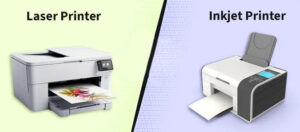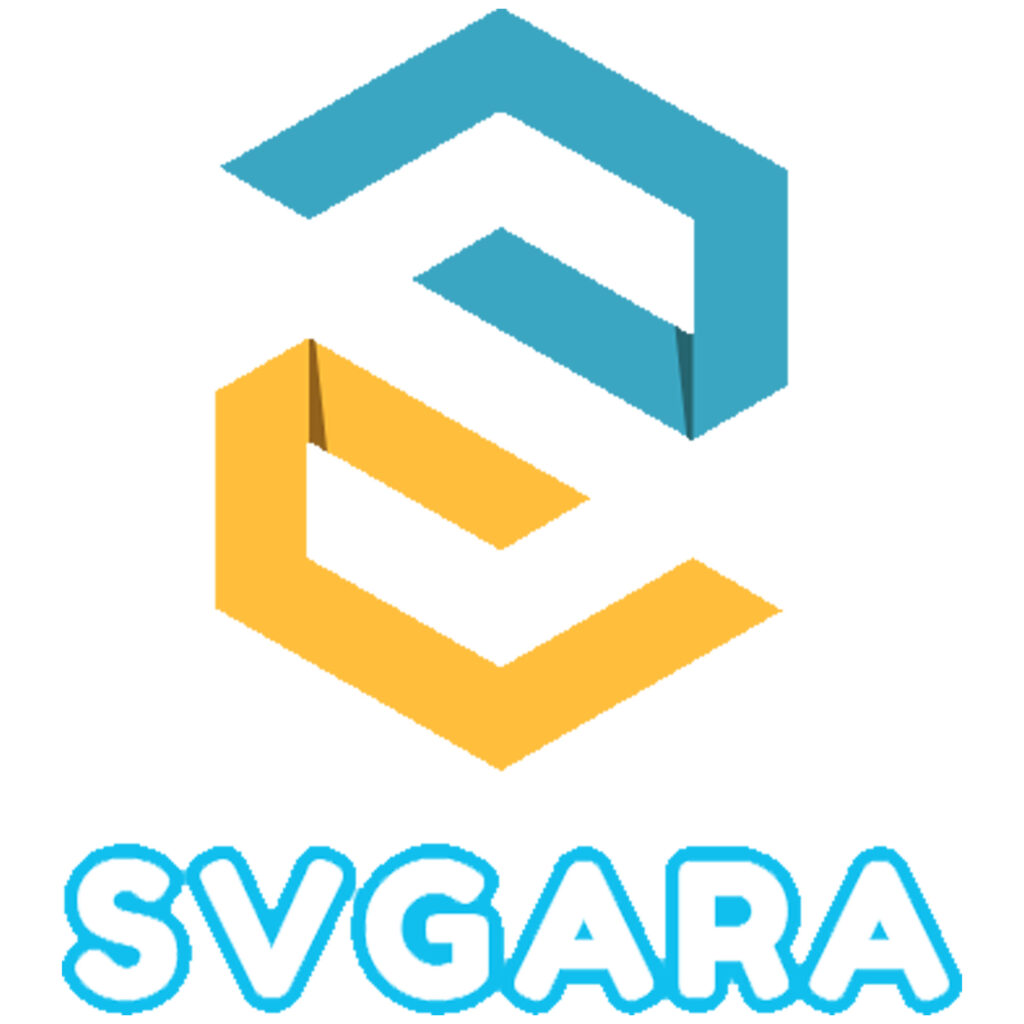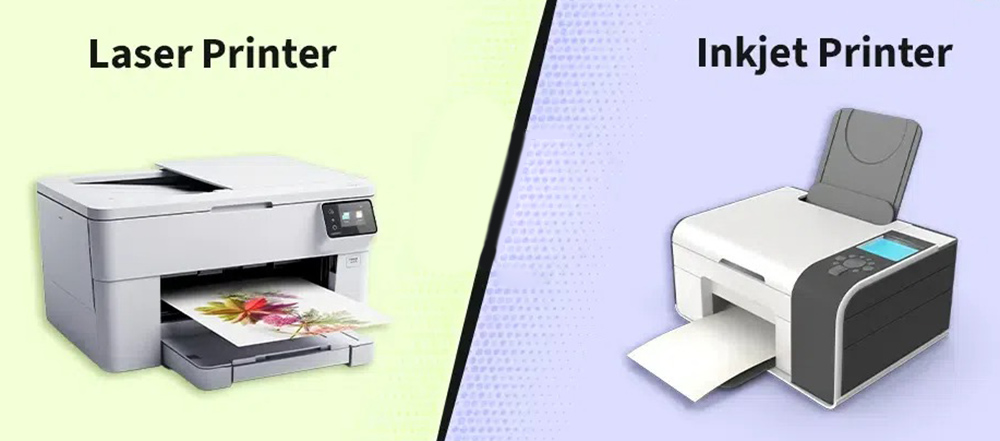BLOG
How Printers Work – Color Laser Printers and Inkjet Printers
How Printers Work – Color Laser Printers and Inkjet Printers
Color Laser Printers:
Color laser printers use a combination of laser technology and powdered toner to produce high-quality prints. Here’s how they work:
- Charging: Inside the printer, a photosensitive drum is electrically charged. The drum is coated with a material that holds the charge in the dark but loses it when exposed to light.
- Laser Scanning: A laser beam is directed onto the drum, and as it moves across, it selectively discharges certain areas based on the image or text to be printed. The areas exposed to the laser lose their charge, creating an electrostatic image on the drum.
- Toner Application: Toner, a fine powdered substance, is positively charged and adheres to the negatively charged areas of the drum (where the laser has written the image). Color laser printers use separate drums and toner cartridges for each color (cyan, magenta, yellow, and black, often referred to as CMYK).
- Transfer: The drum then rolls over the paper, transferring the toner onto the paper in the exact pattern created by the laser. This process is repeated for each color layer.
- Fusing: The paper passes through a set of heated rollers called the fuser unit. The heat and pressure from the rollers melt the toner onto the paper, creating a permanent image.
- Output: The paper, now with the fused toner image, is ejected from the printer.
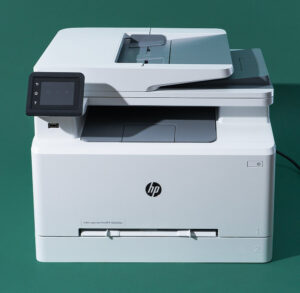
Inkjet Printers:
Inkjet printers use liquid ink and a series of nozzles to spray the ink onto paper. Here’s how they work:
- Ink Cartridge Preparation: Inkjet printers have cartridges filled with liquid ink, which can be either dye-based or pigment-based. Most color inkjet printers use separate cartridges for cyan, magenta, yellow, and black inks.
- Print Head Movement: The print head, which contains tiny nozzles (often hundreds or thousands), moves back and forth across the paper. The print head is precisely controlled to position the nozzles over the area where ink needs to be applied.
- Ink Ejection: As the print head moves, tiny droplets of ink are ejected from the nozzles onto the paper. The amount and location of the ink droplets are controlled to create the desired image or text. This process can happen thousands of times per second.
- Layering of Colors: For color prints, the printer applies layers of different colored inks in precise amounts to create the full spectrum of colors. The layering happens very quickly, often in a single pass or with multiple passes of the print head over the same area.
- Drying: As the paper moves through the printer, the ink begins to dry almost immediately upon contact with the paper. Some printers have built-in drying mechanisms to speed up this process.
- Output: Once the printing process is complete, the paper is ejected from the printer.
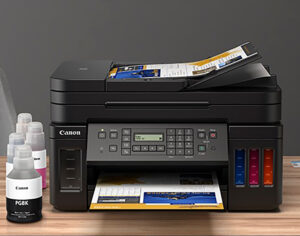
Key Differences:
- Technology: Laser printers use toner and heat to transfer images onto paper, while inkjet printers use liquid ink sprayed through nozzles.
- Print Quality: Inkjet printers generally provide better photo quality with more vibrant colors and finer details. Laser printers excel in printing sharp text and are more efficient for high-volume printing.
- Speed: Laser printers are typically faster than inkjet printers, especially for large documents.
- Cost: Inkjet printers are usually less expensive upfront, but the cost of ink can add up over time. Laser printers have a higher initial cost but are more economical for high-volume printing due to cheaper toner costs per page.
Understanding these differences can help you choose the right printer for your needs, whether you’re looking for photo-quality prints or efficient document printing.
